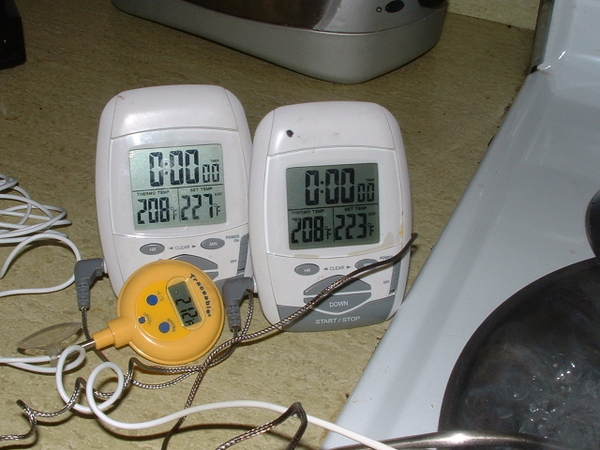My last 2 batches have failed to ferment down to the predicted FG. In fact they have been .008-.01 short. Upsetting a little I had high hopes for the most recent beer, I hit the OG dead on (first time ever).
My procedure is this. I make a 1000ml starter 2-3 days prior to brewing. I always use the instructions on the back of the Wyeast pack for doing so. I cool my wort to 72-74° before pitching. I aerate using oxygen for about 30 seconds prior to pitching. My beers usually begin aggressively fermenting 12-24 hours. They ferment at 65-70°.
I realize that 1000ml is not huge for a starter. That would however affect the lag time more than the attenuation correct? That said I would assume then I am not aerating correctly then. What do you guys do?
Cheers!!!
Follow up... Is there anything I can do with my beer in the fermenter. It has been there going on 4 weeks.
My procedure is this. I make a 1000ml starter 2-3 days prior to brewing. I always use the instructions on the back of the Wyeast pack for doing so. I cool my wort to 72-74° before pitching. I aerate using oxygen for about 30 seconds prior to pitching. My beers usually begin aggressively fermenting 12-24 hours. They ferment at 65-70°.
I realize that 1000ml is not huge for a starter. That would however affect the lag time more than the attenuation correct? That said I would assume then I am not aerating correctly then. What do you guys do?
Cheers!!!

Follow up... Is there anything I can do with my beer in the fermenter. It has been there going on 4 weeks.



